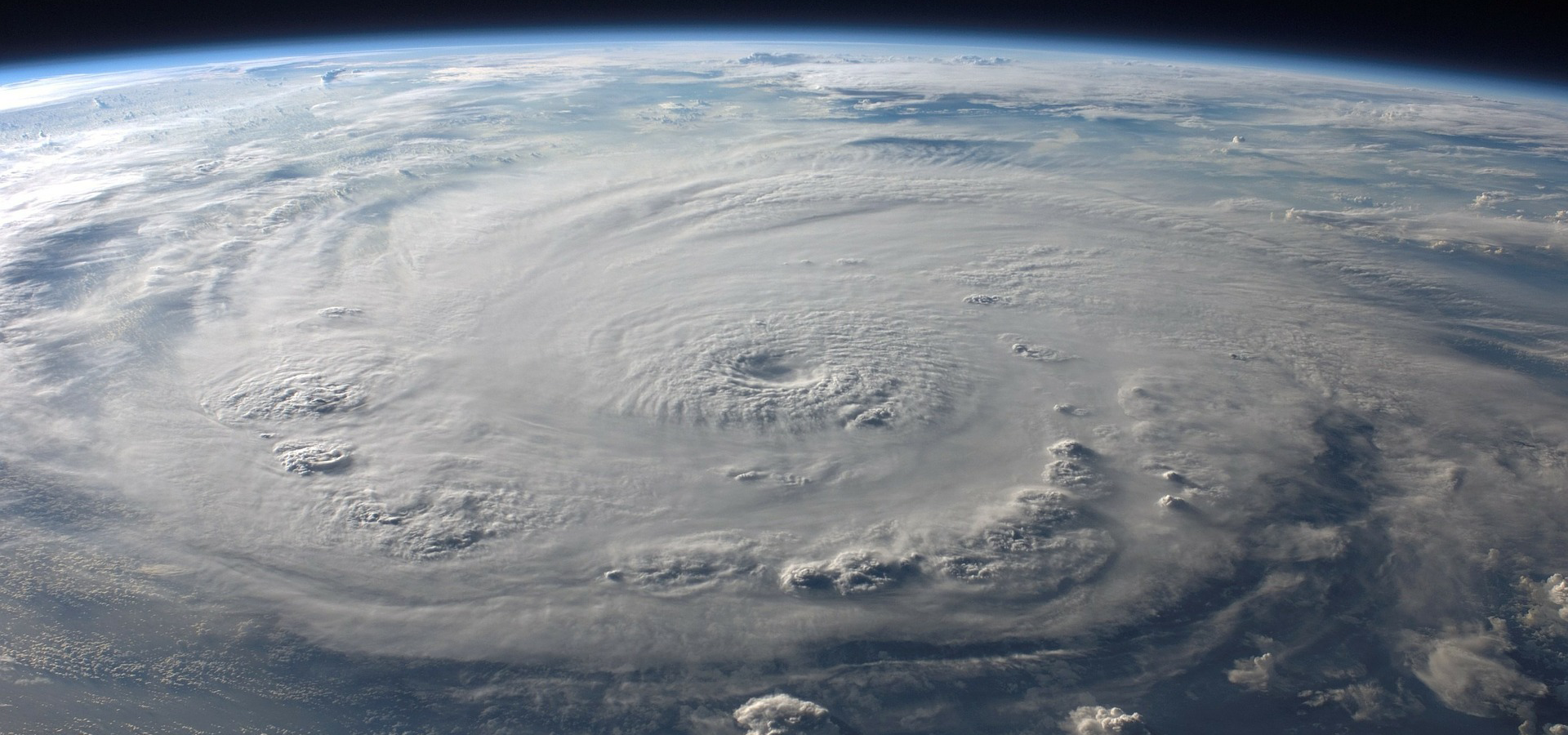This is an excerpt from the September 2017 edition of The SOL SOURCE, a monthly electronic newsletter analyzing the latest trends in renewable energy based on our unique position in the solar financing space. To receive future editions of the journal, please subscribe.
As the Atlantic continues to churn out some of the deadliest storms on record, the repercussions continue to rock the South and southeastern United States. Whether it is the physical impact of the recent storms on solar projects or the economic impact throughout energy markets, how do these events affect the solar industry, and to what extent?
Braving the Elements
When storms of the magnitude we’ve seen this summer approach operating solar assets, there are many measures taken to prepare for the oncoming weather. Strong winds, especially those found in Category 3-5 hurricanes, can pose one of the greatest environmental threats to solar energy systems. Systems are given ratings based on their wind resistance, which vary based on local building codes (systems in Florida, for instance, can generally withstand 140+ mph winds). While fixed-tilt arrays are forced to brave strong winds in their set orientation, modules on trackers can either be set flat or on an angle with the wind that enables them to minimize potential uplift forces. While preparing for a potential storm, care should also be taken to remove any loose debris, as these items can shatter the front glass of the panels. Even with these measures, 140+ mph winds or hurricane-related debris may make damage to systems unavoidable.
Flooding from a hurricane’s torrential rainfall can also be a concern for ground mount systems, though precautions are taken for this as well. Most ground mounted systems are designed on sites with storm water runoff plans or retention ponds. Even if water levels do rise, many systems are designed to mount inverters, tracker motors, controllers, combiner boxes, weather stations, data acquisitions systems, and other sensitive equipment at a high clearance above ground level. Enclosures for components should be rated at least NEMA (Natural Electrical Manufacturers Association) 3R, 4, or 4X to ensure protection against moisture ingress and other unwanted environmental impacts.
Assessing the Damage
PV systems may be proactively or reactively taken offline, which can lead to many days of revenue losses for systems owners. Though many systems have hurricane insurance, some policies, for example, might have a 10 or 14 day deductible for extreme weather events. Therefore, a storm that keeps a system offline for 8 days under that policy would yield no relief for the owner. In states like Florida, systems are required to be grid-connected, even if residential, and will be forced offline when the grid goes down. Even if a system is not damaged and is capable of providing power, homeowners will have to wait until the grid’s power is restored before their solar system can return online.
As the industry matures, system designers and installers are learning from past failures. Product design, installation practices, and inspections have improved over time. Recent history has shown that solar is quite resilient in the face of extreme weather. After Sandy hit New Jersey and New York, solar installers in the region reported very little damage to their installs. Of course, solar will be susceptible to damage from category 5 winds or flying debris, but then again, what isn’t?
Realigning Priorities
The effects of major storms on the solar market extend beyond immediate impacts on assets themselves. Because insurance companies comprise a significant portion of the investor class for commercial and utility-scale solar, those facing high payouts in affected areas may not jump into new solar investments until they have fully assessed damage and likely payouts. Stocks for insurance companies have already seen dips in the aftermath of these extreme weather events. Robert DeRose, senior director at A.M. Best told Fortune that the storms would likely “translate into an underwriting loss for the year.”
Insurance companies without profits are insurance companies without tax liability to invest in solar – resulting in a pause, at minimum, or potentially a dip in available tax equity in the market. Corporations headquartered or with significant operations in affected areas may experience a similar effect.
The impact can also reach large solar assets currently under construction, as utilities are prioritizing repairs to the grid. Scheduled inspections, testing, or approvals from utilities that are required to move ahead with a solar installation may be delayed as utilities work to get their customers’ power back online. Delays are currently plaguing orders for equipment with long lead times, such as transformers and switch gears, as availability is being prioritized for storm-affected areas.
-
Solar has always been a resilient industry in the face of policy, in the face of cheap natural gas, and in the face of extreme weather as well. As the affected areas recover and roofs are rebuilt, solar will continue to grow, especially in the sun-rich Southeast.
ABOUT SOL SYSTEMS
Sol Systems, a national solar finance and development firm, delivers sophisticated, customized services for institutional, corporate, and municipal customers. Sol is employee-owned, and has been profitable since inception in 2008. Sol is backed by Sempra Energy, a $25+ billion energy company.
Over the last eight years, Sol Systems has delivered 650MW of solar projects for Fortune 100 companies, municipalities, universities, churches, and small businesses. Sol now manages over $650 million in solar energy assets for utilities, banks, and Fortune 500 companies.
Inc. 5000 recognized Sol Systems in its annual list of the nation’s fastest-growing private companies for four consecutive years. For more information, please visit www.solsystems.com.



